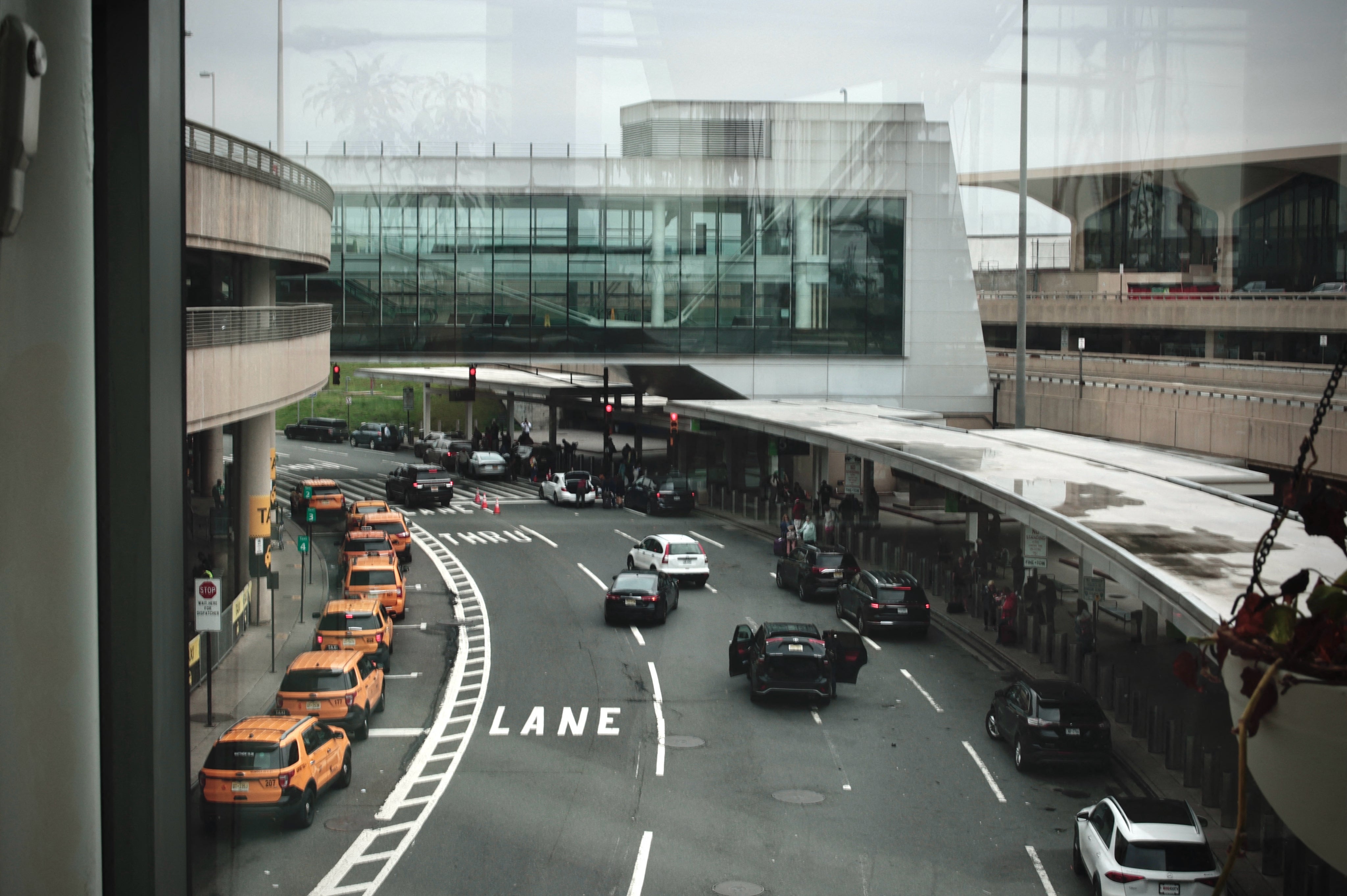Trauma leave, closed runways and 3D-printed parts: Chaos has ensnarled Newark airport. Here’s what’s really going on
FAA said no one was hurt and operations were not interrupted as a result of Tuesday’s communication outage at Newark

Newark Liberty Airport, one of the busiest airports in the country, experienced its fourth air traffic communication outage in three weeks on Tuesday, amid concerns of aging systems and ongoing air traffic controller staffing shortages.
The FAA said a brief two-second radio frequency outage occurred at 11:35 a.m. on Tuesday, affecting the Philadelphia TRACON facility that manages Newark's air traffic.
All planes remained safely separated, operations are normal, and an investigation is underway, the FAA said.
But it’s the latest trauma-inducing experience for Newark Airport air traffic controllers in recent weeks due to issues with signal lines from a New York FAA facility, including outdated technology, copper wires and more.

These failures left air traffic controllers in Philadelphia unable to see or communicate with planes around Newark for up to 90 seconds on April 28 and May 9. A third incident occurred on May 11, but backup systems worked that time.
What’s happening?
Newark Airport has experienced other outages:
- April 28: A 90-second radar and radio outage led to over a thousand flight delays and cancellations nationwide, with five controllers taking trauma leave.
- May 9: Another 90-second outage disrupted communications and radar display.
- May 11: A 45-minute equipment failure resulted in a ground stop at the airport
What is actually going on?
The nation’s air safety system uses decades-old technology, including outdated copper wires, that can easily fail, especially when overwhelmed. This is the problem Newark Airport has faced since moving its hub from Long Island to Philadelphia last year.
“We warned the FAA that the system would be overwhelmed if the infrastructure and equipment was not expanded there, but they did not listen,” an unnamed Newark Airport air traffic controller told The Times.
Instead, officials have used underground wiring to redirect data from Long Island to Philadelphia, overwhelming it.
The outdated technology problems are so dire, officials have taken shocking measures to maintain it.
"We do try to buy replacement parts on eBay for this really old equipment," Transportation Secretary Sean Duffy dryly told members of a Senate Appropriations Committee in May.

"Sometimes, we can't even buy it on eBay, so we're trying to use 3D printing to craft replacement parts for the system that we use,” he added.
However, staffing issues remain a major problem amid the incidents.
Like most air towers throughout the country, Newark Airport is short-staffed.
Currently, only 22 fully certified controllers and five supervisors are assigned to the area, well below the FAA target of 38 certified controllers. An additional 21 are in training, with 10 partially certified.
This means, controllers have to work more often or take on shifts at the last minute, all while managing a massive influx of planes. The Newark Airport air traffic controller explained how stressful the environment already is, and when outages occur, it can be devastating.
“Being at the controls without any of our signals is like trying to dodge mines without a mine detector,” the Newark Airport air traffic controller told The Times.
“During a 90-second blackout, anything can happen. In the past, I’ve had planes depart and then immediately turn the wrong way into the airspace above nearby LaGuardia airport. A plane can also jump from 2,000ft to 4,500ft in that time period, which is extremely risky in our congested airspace where small aircraft are practicing maneuvers, especially during the summer,” the air traffic controller explained.

The April 28 outage was so stressful that five air traffic controllers had to take trauma leave for 45 days, worsening an existing staffing shortage.
The more often that blackouts happen, the more controllers need time off from the stress of the job, meaning fewer people will be available.
“The staff shortages are only going to get worse,” the air traffic controller said. “More than a dozen staff have been told they can go back to the main traffic control headquarters in Long Island next summer, while three are due to retire soon. I worry we’ll need to bring in controllers from quieter parts of the country who aren’t qualified to handle our airspace’s high traffic volume.”
How can the FAA fix this?
Simply, the FAA will need to update old technology and incentivize new air traffic controller recruits to solve current issues and prevent future ones.
Duffy says the air traffic control problems at Newark will likely last until summer.
The FAA has temporarily limited arrivals at Newark Airport from 33 to 28 per hour due to equipment outages and runway construction. This cap will only last through June 15, after which it will increase to 34 arrivals per hour until October 25, as part of a broader effort to reduce delays and cancellations.
The FAA is also replacing outdated copper wires with new fiber optic data lines between its Philadelphia and New York facilities to improve radar signal reliability.
Duffy said the plan to modernize the traffic control system and equip controllers with up-to-date technology will cost “tens of billions of dollars.”
The Newark Airport air traffic controller said that what the FAA wants them to do in the meantime is “dangerous” and puts controllers “in a terrible position.”
“None of us want to be responsible for the deaths of hundreds of people,” the controller said.
Ariana Baio contributed to this report
Join our commenting forum
Join thought-provoking conversations, follow other Independent readers and see their replies
Comments